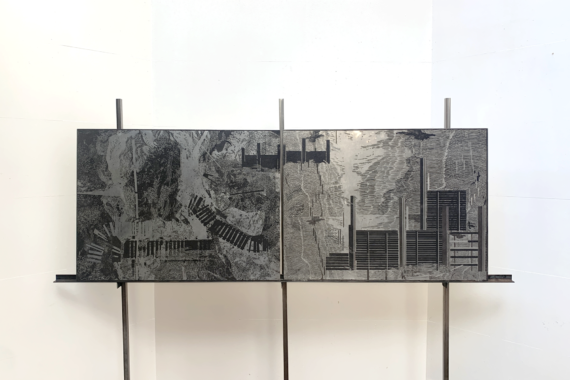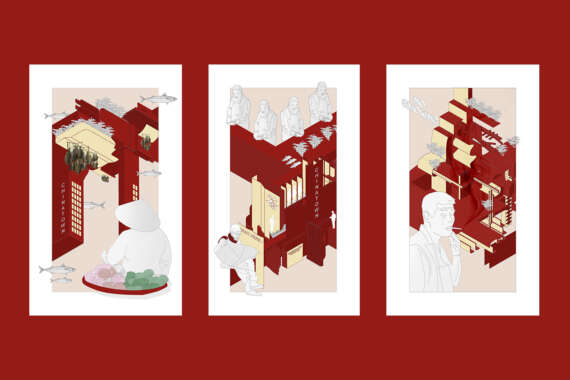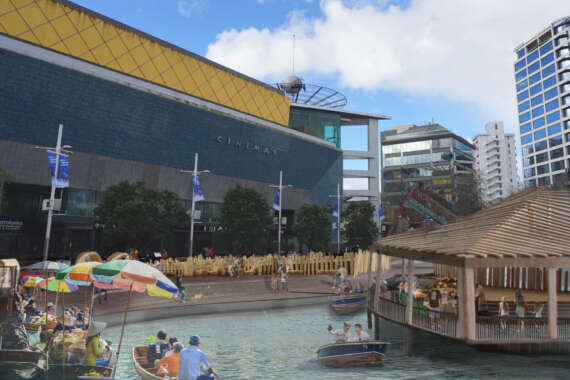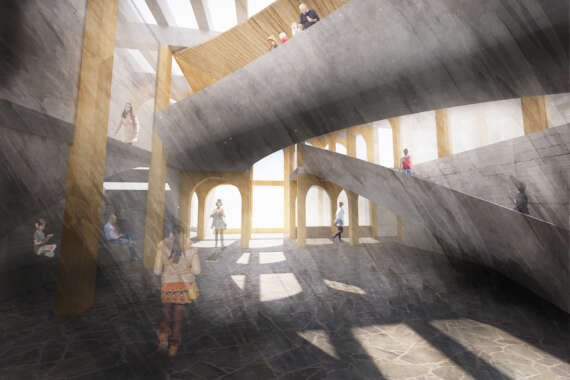Material Agency, Embodied Dialogue, & Whakapapa: a Case for more Sensitive Engagement with our Material Histories

There is a missed opportunity in the way in which architectural practitioners engage with materials in Aotearoa and Te Moana nui a Kiwa. While many architectural designers, makers, and scholars have taken an interest in material as the object on which we impose our craft, few have discussed its agency, capacity for action, and immense embodied value — particularly within an Indigenous-Māori and Pacific context.














